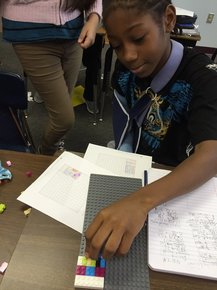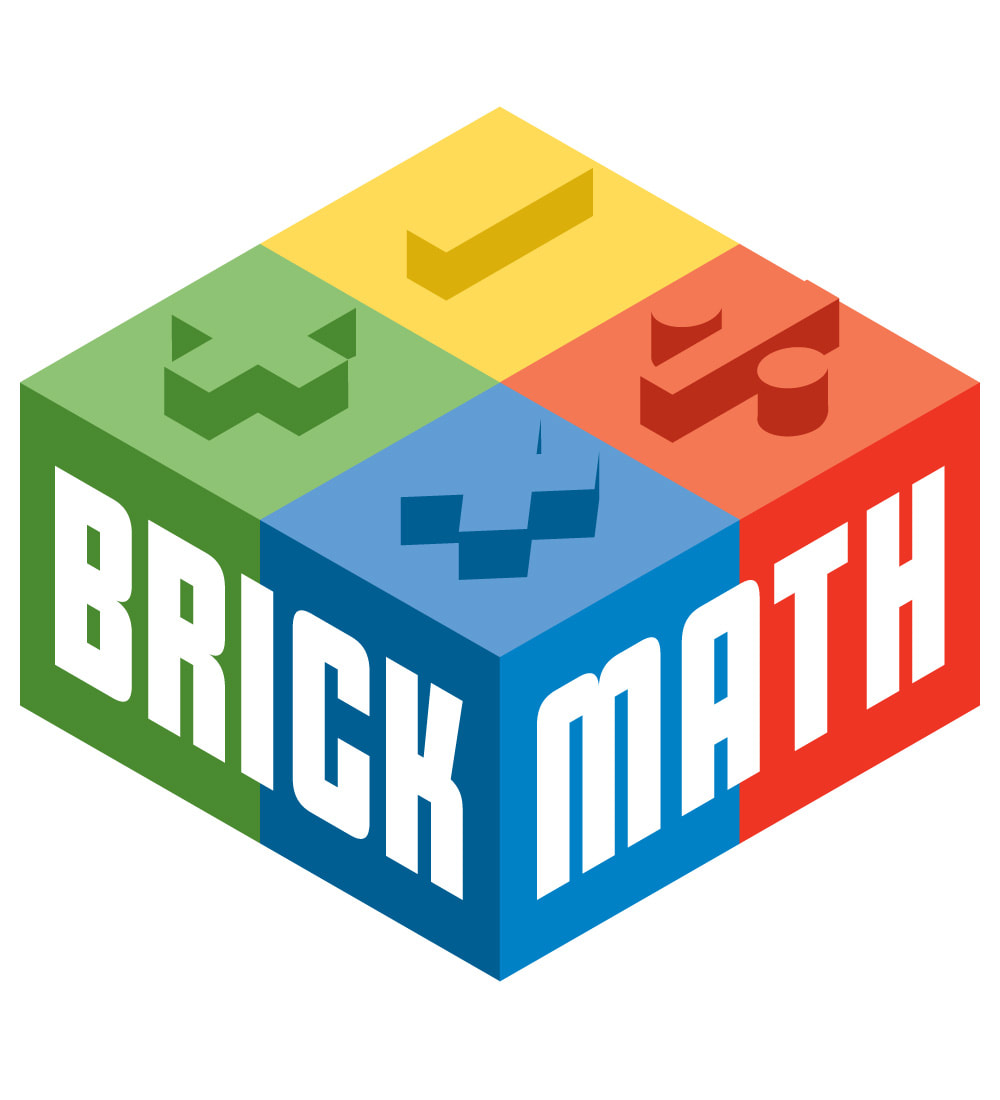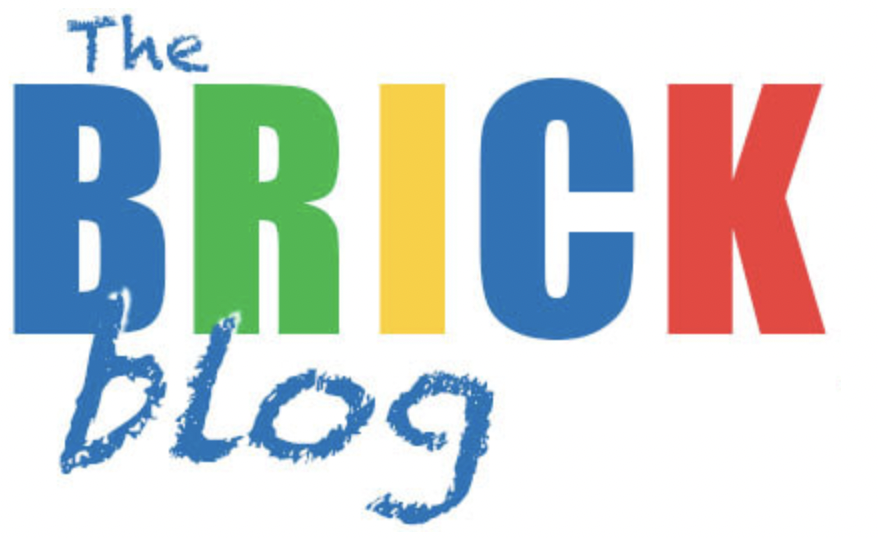 by Dr. Shirley Disseler Teachers of gifted students need to encourage them to think, create, and problem-solve. Sounds like a perfect use for Brick Math, with its hands-on modeling with LEGO® bricks! But I’ve found that using Brick Math with gifted students can be an interesting challenge. Teaching Brick Math with gifted students has opened my eyes. Gifted students often want to get right to the answer and check the problem off the list as “completed.” They do not want to show work, write about it, or discuss with others how they got their solutions. I have found that many of these students don’t really know math. They know how to do math procedurally. They can tell you how, but they can’t tell you why! Standardized scores of US gifted students continue to remain stagnant over time because we are not challenging them to think. We are only challenging them to produce. I served as a teacher of gifted for math at the middle grades level. I often recognized in my students their need to be perfect. When such students were forced to explain how a math problem worked, they worried about being wrong and were afraid to take risks. I began to have them write out everything to explain it clearly. It was difficult for them at first, because they weren’t always earning 100 on every test, and their parents got worried. But over time, their test scores grew tremendously as they became more comfortable explaining the process behind the math, because they were developing a deep understanding. We can boost test scores and increase 21st-century skill sets if we encourage explanation, justification, and collaboration among our students. Creative play with content helps our brains explore new ideas and solutions. Using methods that are engaging to the mind create a lot of energy in young people. And energy creates a passion for the subject. So…encourage your gifted students to play with math! When they see that it’s not always about just getting the right answer, they’ll start to develop the true understanding that is the foundation for math fluency and excellence.
0 Comments
New research shows that students can improve their test results by learning math with a hands-on method.
The research was done in conjunction with the Brick Math Series, a new program developed to help students learn math concepts using of LEGO® bricks as a hands-on manipulative. Author Dr. Shirley Disseler, education professor at High Point University, developed this program based on prior research showing that many students learn math more readily with hands-on techniques. (For a summary of the studies see: http://www.brickmathseries.com/how-it-works.html.) In the Brick Math Series, teachers and students build mathematical models with LEGO® bricks to help them understand concepts such as counting, addition, subtraction, multiplication, division, and fractions. Students who used the Brick Math Series showed impressive improvement in their comprehension of math concepts. Test sites include four elementary schools with students in grades 3 – 5 that used the program for the math subjects of multiplication, division, and fractions. The data includes 534 students in rural, suburban, and urban areas. Significant improvement in areas of engagement and time on task as related to performance was noted across all three math subjects. Sites using the fractions curriculum report strong testing results from pre- to post-assessment. The average gain from pre-test to post-test is 7 – 9 points for those utilizing the Brick Math Series program versus more traditional teaching methods. These preliminary results back up teacher and student enthusiasm about this new program. Kelli Coons, an instructional coach, says the program "breathes life back into math instruction." Fifth-grade teacher Jamie Piatt says, "The activities are easy to follow and make learning fun!" Teacher Tina Lupton calls the program "hands-on, engaging, and overall an exciting way to learn math." Students are equally enthusiastic about the Brick Math Series. One student said, "I finally know what a fraction is. I can see it!" Another student asked, "Why doesn't everyone learn math this way?" For more information on the Brick Math Series, go to www.brickmathseries.com. by Dr. Shirley Disseler
Have you ever been in a room where you did not understand what the presenter was saying? Not just because it was difficult information, but because it was in another language? That’s what your ELL (English Language Learner) students may be experiencing in your math class. Students who have limited English proficiency struggle with vocabulary that teachers often see as ordinary. This is particularly true with math because words that are math terms are often something else, too. For example: pie and pi are homophones, product can be something you purchase or the answer to a multiplication problem, and terms like plus sign are used even though they are no longer acceptable in the math world. Because the words are confusing, ELL students need a more hands-on approach. When they have tools to model the math, can draw to show understanding, and view pictures to see how to do things, they have a better chance of math success. They need the three-step process for true math retention — Do-Draw-Write/Explain — to truly comprehend the content. Many teachers are not aware that some ELL students are born right here in the United States. Students living in poverty or in those who do not learn to read well can be part of the ELL category. Some kindergarteners come to school knowing less than 3000 words, and this greatly inhibits their ability to learn math through word problems in context. Using LEGO® bricks to model mathematical thought reduces the stress for ELL students. The universally known product puts students on a more level playing field with their same-aged peers and provides a common conversation for modeling math content. I have seen many ELL students learn to do math with bricks. As they progress, they demonstrate true understanding of mathematical processes and conceptual ideas. Using the bricks is a great way to put students at ease with the learning process to build their confidence and spark engagement and motivation in the classroom. |
Categories
All
Archives
April 2024
|


